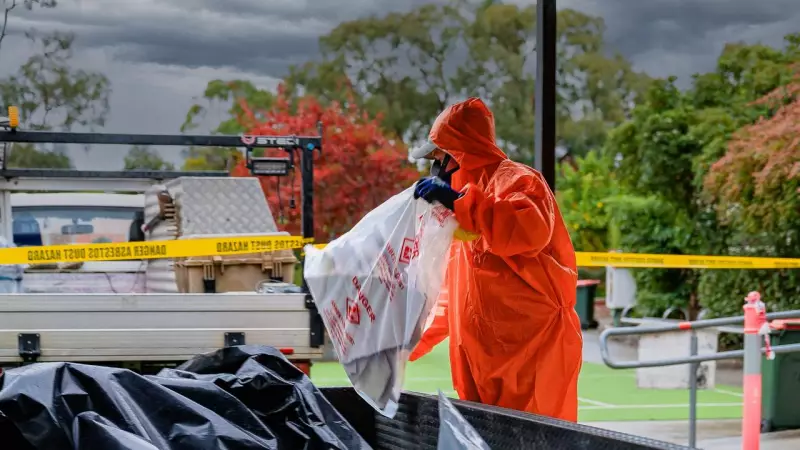
Families across Geelong are facing unexpected financial burdens running into hundreds of dollars after discovering their children's kinetic sand toys contained hazardous materials. The contamination crisis has left parents scrambling for professional cleaning services and replacement of damaged household items.
The Discovery That Shocked Parents
What began as ordinary playtime turned into a nightmare for numerous Geelong households when they noticed unusual staining and odours emanating from popular kinetic sand products. The issue came to light when multiple families reported similar experiences with the mouldable sand, prompting investigations into the composition of these widely available toys.
Testing revealed the presence of petroleum hydrocarbons and other industrial contaminants in several batches of the product, substances that can pose serious health risks to children through skin contact or accidental ingestion. The discovery has triggered widespread concern among parents and consumer protection authorities alike.
Mounting Costs and Cleanup Challenges
The financial impact on affected families has been substantial, with many reporting cleanup expenses exceeding $500. Professional cleaning services required to safely remove contaminated residue from homes don't come cheap, and the process often involves multiple stages of decontamination.
Many households have needed to replace carpets, furniture, and other items that came into contact with the toxic substance. The contamination has proven particularly difficult to remove from porous surfaces and fabrics, compounding the financial strain on families already dealing with the stress of the situation.
One Geelong mother shared her family's experience, explaining how what seemed like harmless play resulted in significant household damage. "We initially noticed strange stains on our wooden table that wouldn't come off," she recounted. "Then we realized the sand was leaving oily marks everywhere it touched."
Consumer Rights and Manufacturer Responsibility
Consumer advocacy groups have stepped in to assist families navigating the complex process of seeking compensation. The situation raises important questions about product safety standards and manufacturer accountability in the Australian toy market.
Affected consumers are being advised to document all expenses related to the contamination and maintain records of their product purchases. This documentation becomes crucial when pursuing refunds or compensation for damages through consumer protection channels.
Legal experts suggest that manufacturers could face significant liability under Australian Consumer Law, which guarantees that products must be of acceptable quality and safe for their intended use. The kinetic sand crisis represents a clear breach of these fundamental consumer protections.
As investigations continue, authorities are working to identify the source of contamination and prevent further distribution of affected products. Meanwhile, Geelong families are left counting the cost of what should have been innocent childhood fun, serving as a stark reminder of the importance of rigorous product safety standards.





